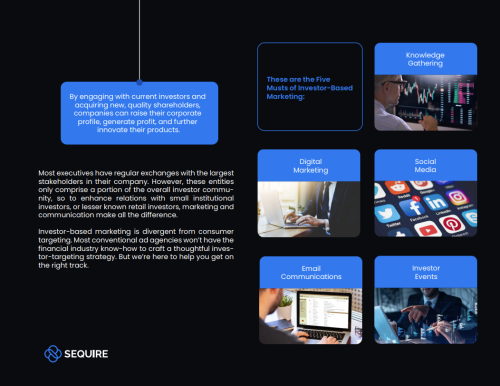The Shareholder Rights Directive II (SRD II) will prompt other markets beyond Europe to bring in new rules covering shareholder engagement and transparency, predicted speakers on an IR Magazine Webinar last week.
The European directive brought in a range of new obligations for companies, investors and intermediaries. For example, issuers now have the right to identify their shareholders by sending a request down the investment chain.
>>> Click here to watch the webinar
On the webinar, Michael Kempe, head of business development at Proxymity, said he has ‘no doubt’ SRD II-style rules would appear in other markets.
‘If we go back 20 years, it was very easy to effectively hide your identity through various different bank accounts across the globe – that’s kind of gone now,’ he said. ‘In the same way, it seems illogical that any country would allow someone to hide his/her identity from a company as an owner.
‘What we’re seeing in certain markets around the globe – in Africa, in America, in Asia-Pacific – is people watching SRD II very carefully and saying, We want that as well. And where companies are dual-listed, they are going to regulators and saying, We need this to happen in our markets as well, because of the benefits we’ve seen.’
In 10 years, Kempe said he thinks it is ‘highly likely’ that every market regulator will have ‘an equivalent to SRD II in one form or another, focusing on transparency of ownership, better governance and better ways to communicate’.
SRD III?
At the same time, panelists on the webinar noted that SRD II has a number of issues that need to be addressed, potentially by the creation of a third version of the directive.
One reason there may be a need for SRD III is the lack of shared definition of ‘shareholder’ across the continent, said Nigel Little, product manager at Proxymity. In some markets, a shareholder is defined as the end-investor, but in others it can be an entity higher up the investment chain.
‘That has made it difficult for some markets to implement SRD II,’ said Little. ‘While the EU is 27 markets that should all be the same, unfortunately they’re not. There are still some markets where a disclosure can’t be made because of that definition of shareholder. Unless the European Commission decides to make that standardized, there will always be the potential for that discrepancy.’
Further regulation could also address the need for better communications between issuers and shareholders around corporate actions, which are not covered by SRD II, explained the panelists.
‘I think SRD III will talk about corporate actions, and it will put obligations on the market to get corporate actions out to the investors from a ‘golden source’ much quicker than it does today,’ said Kempe.
‘Let me give you an example: a rights issue typically, depending on the market, is a couple of weeks long. If it’s taking you six or seven days to get that message down to end-investors, they only have probably 24 hours to make a decision on whether they want to take part in the rights issue or not. It makes no sense.’
To listen to a recording of the webinar, please click here.










